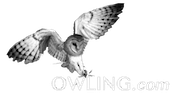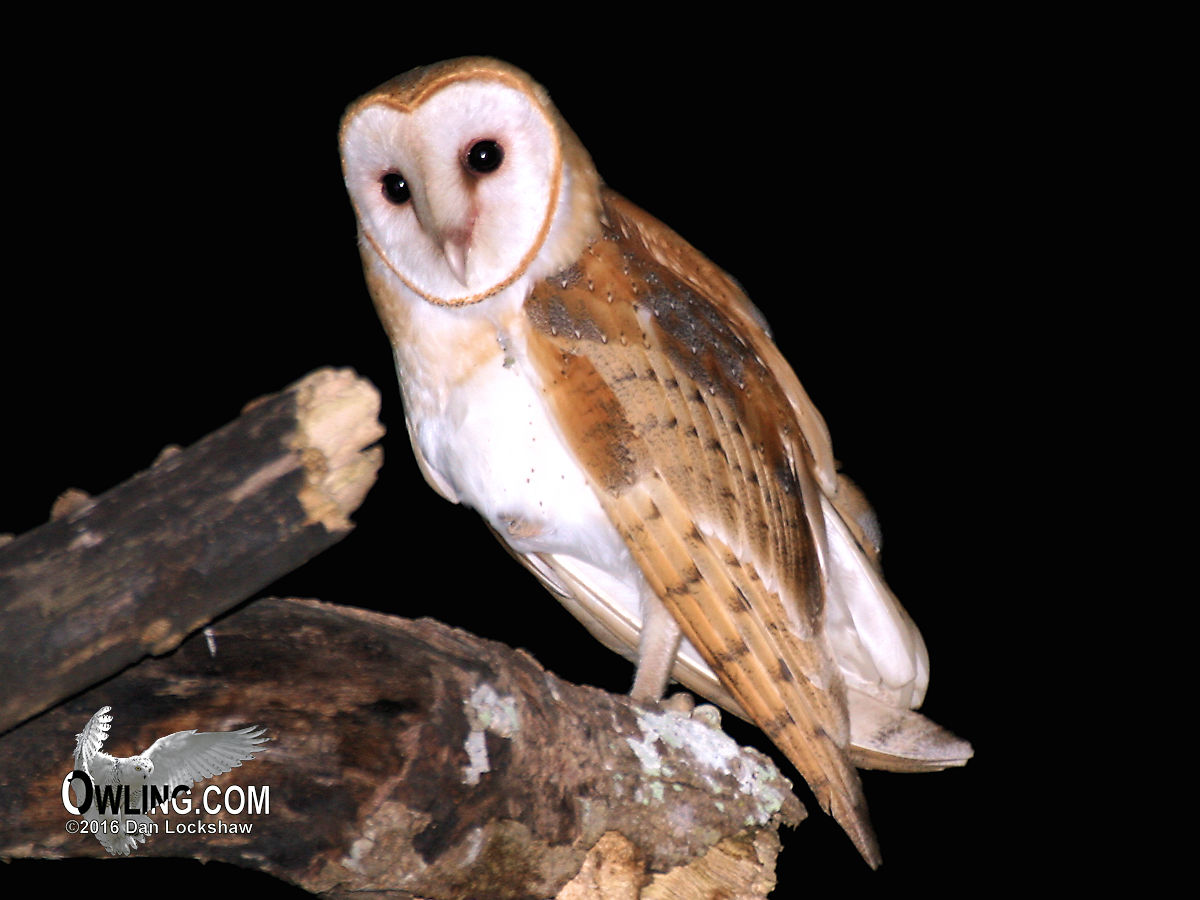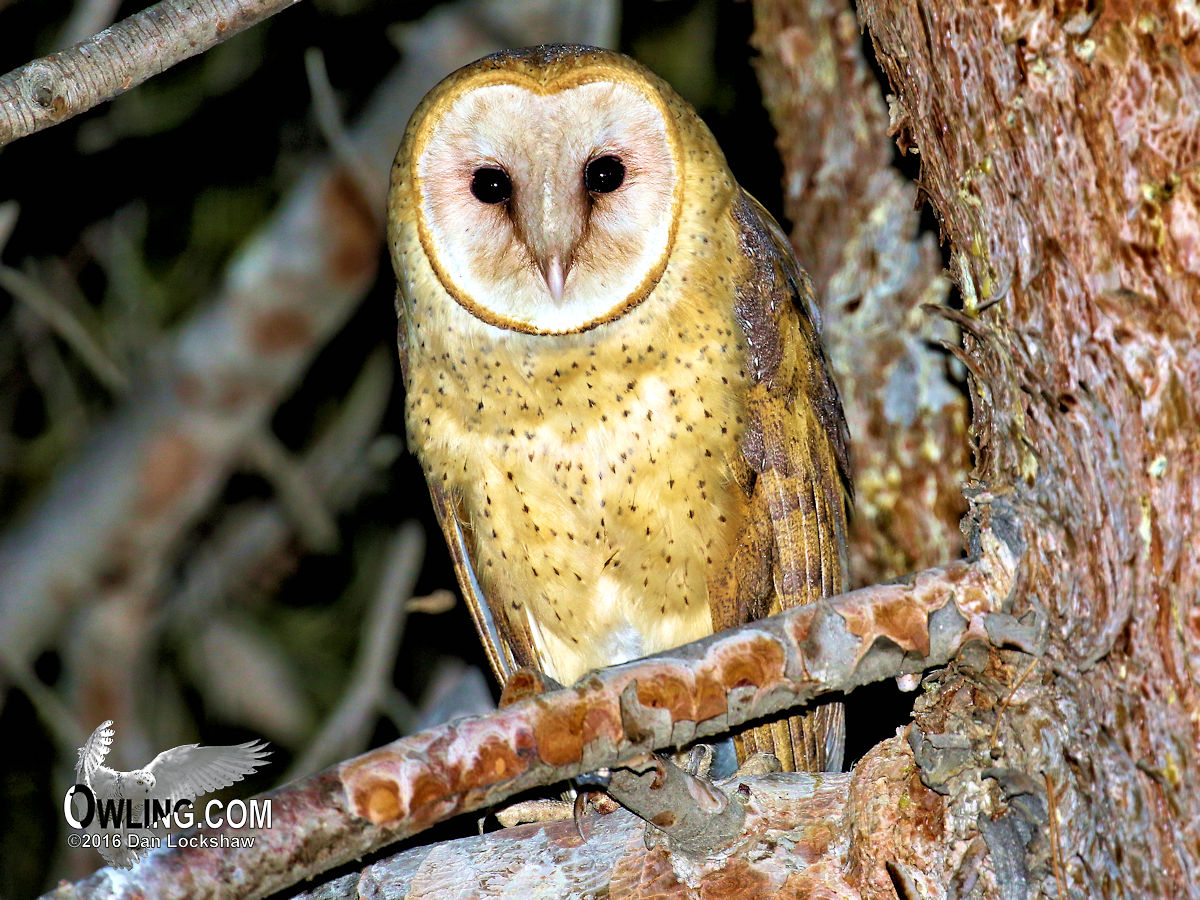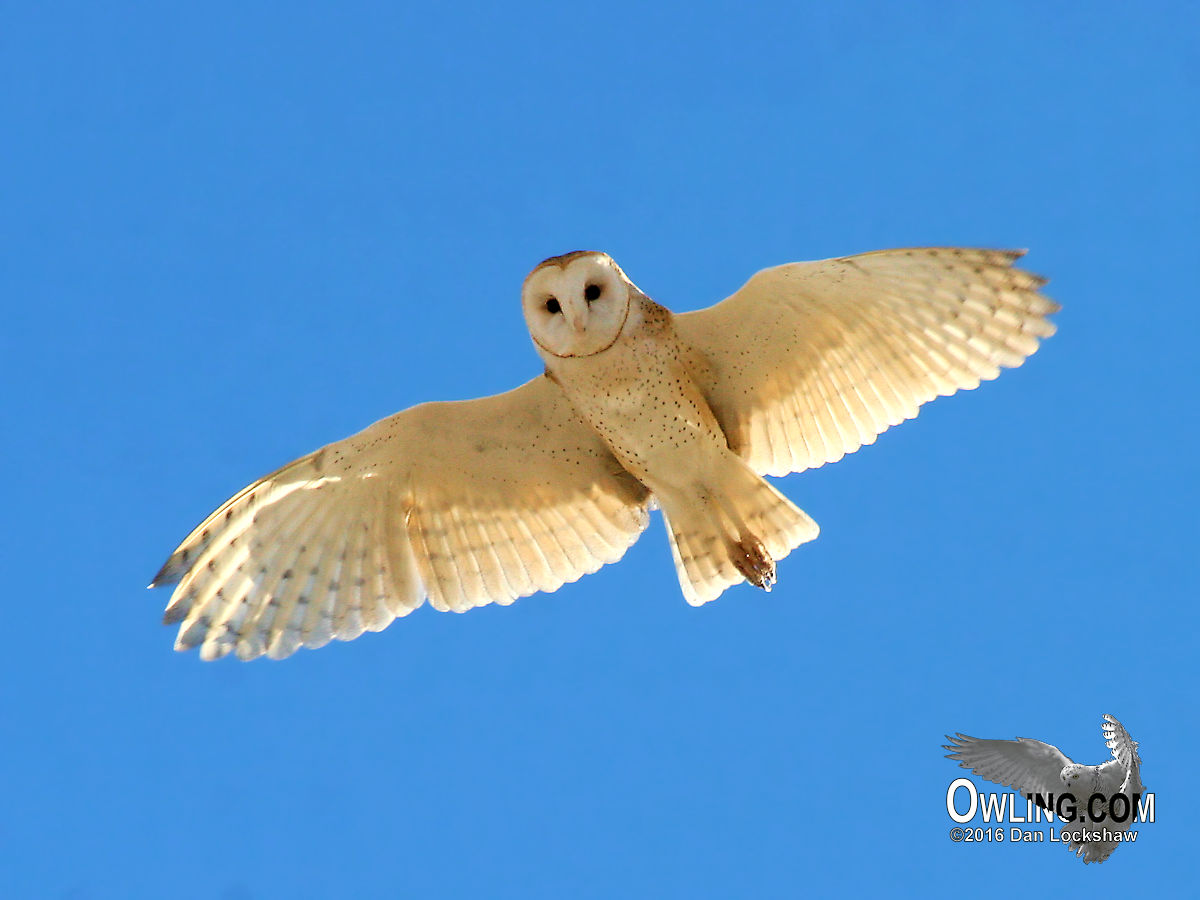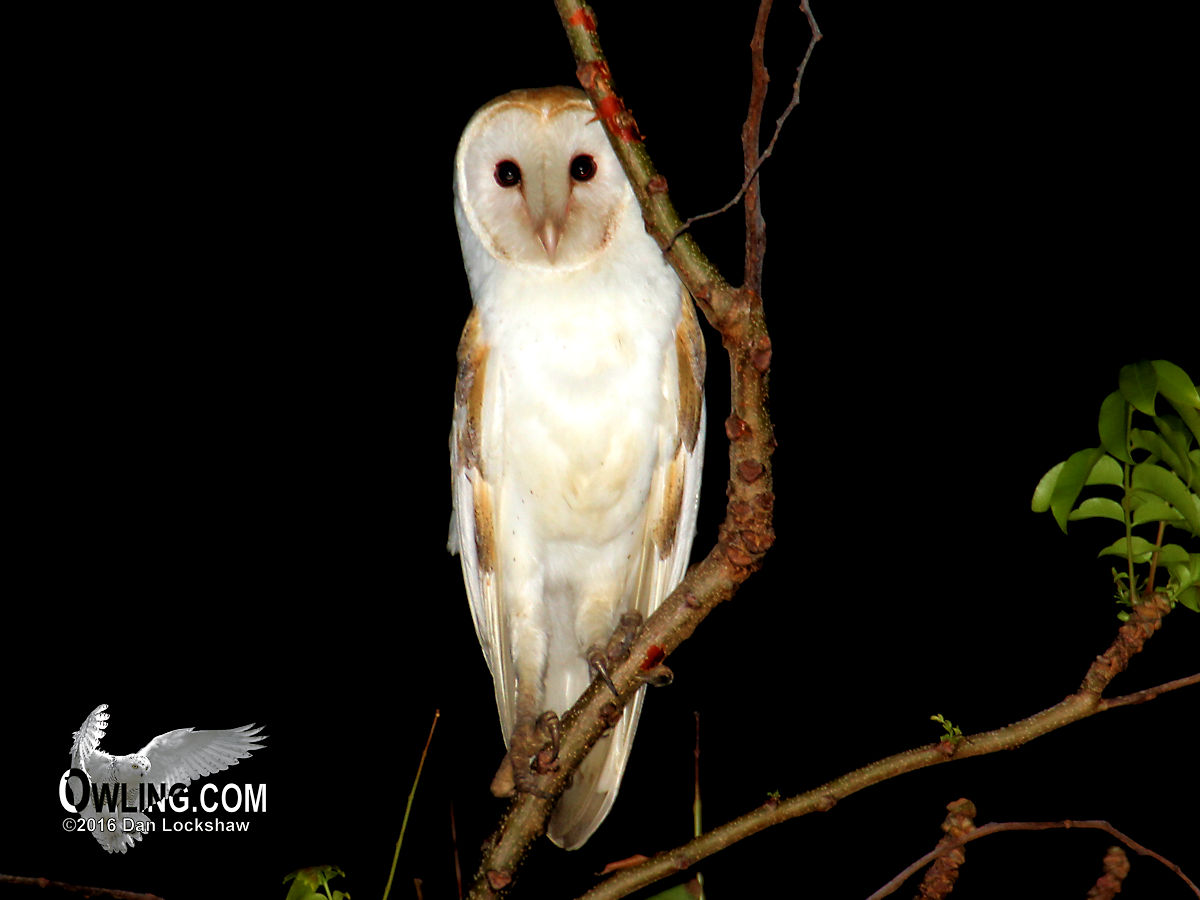Barn Owl Biology
A Reference for North and Central American Owls
Name: Barn Owl – Tyto alba
Other Common Names: Monkey-faced Owl; Ghost Owl; Golden Owl.
Subspecies: There are as many as 46 races of Common Barn owl recognized across the world. There is only one race recognized in North America. As many as 5 more are described from Central America (1 in the Bahamas, 1 in Cuba, 1 from the Isle of Pines, 1 from Hispanola, and 1 from Guatemala south to the Panama Canal). The ranges of these are not well defined and also need review so are not listed here. T. a. pratincola is found in S. W. British Columbia south and east through most of the U. S. (except some of the northern-central states) and Mexico. This is the largest race (physical size) of Barn Owl in the world.
Measurements and Weights:
Wingspan: 43 – 47 in.
Length: 14 – 20 in.
Tail: 5 – 6 in.
Average Weight: Male: 15 3/4 oz.
Average Weight: Female: 17 1/2 oz.
Description: The Barn Owl is North America’s only member of the family Tytonidae (all other owls are from the Strigidae family) sometimes called the monkey-faced owl family. This is a medium sized owl that lacks ear tufts. Unlike all other owls it has a distinctive heart shaped facial disk. It also has relatively long legs (the only other owl with long legs is the Burrowing Owl). This is primarily a nocturnal owl although it has relatively small eyes in comparison to the other owls. The females tend to be slightly darker overall than the males. White facial disk with brown to orange-brown border. It has dark eyes and an ivory colored bill. The under parts are white with a light pale orange or yellow wash with small gray to brown dots. The upper parts are a pale orange or yellow with a mix of light to dark gray also with small dots.
Young: After the loss of their initial hatchling down, the juveniles are identical to the adults except for possibly more heavily spotted.
